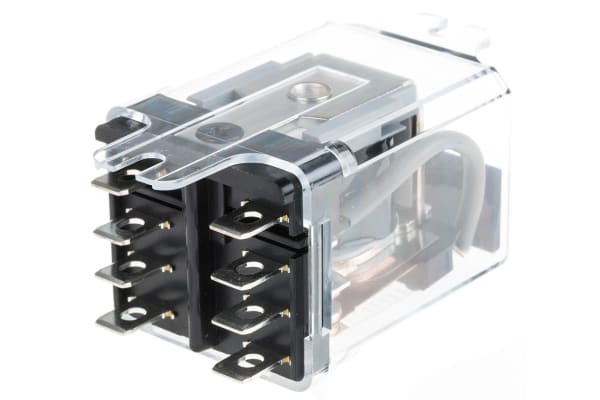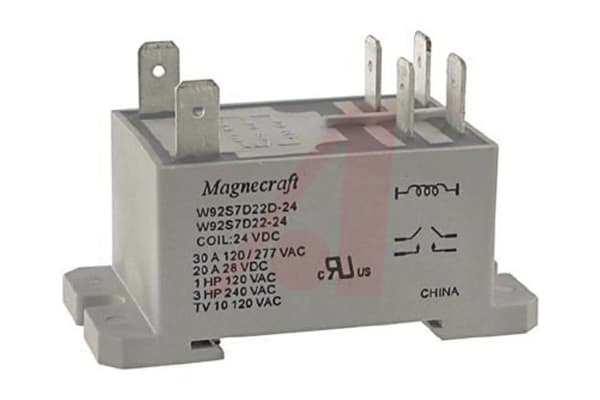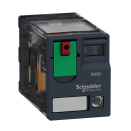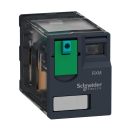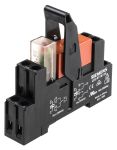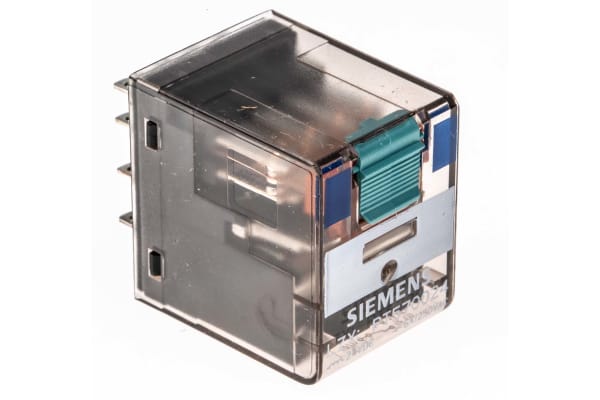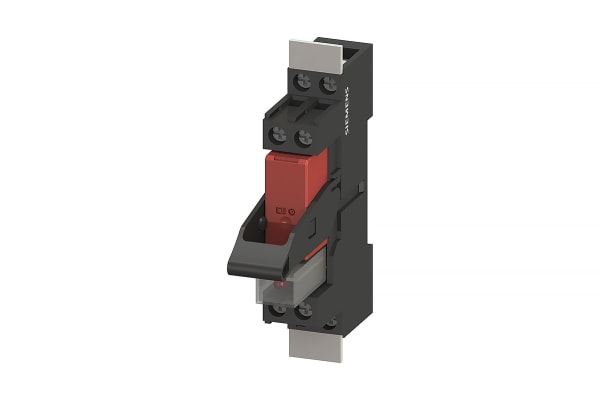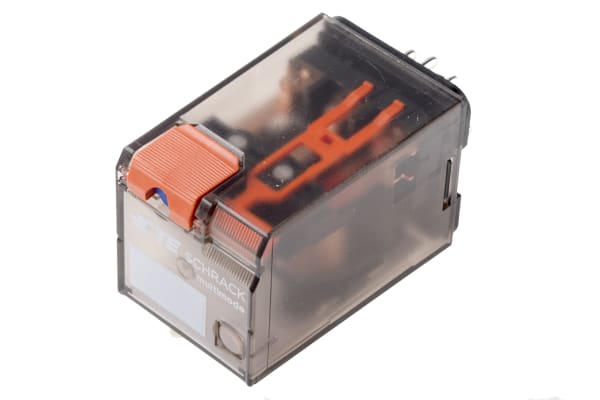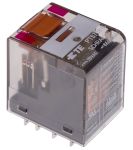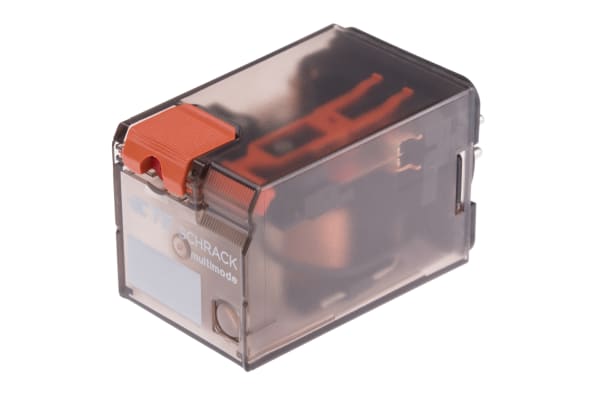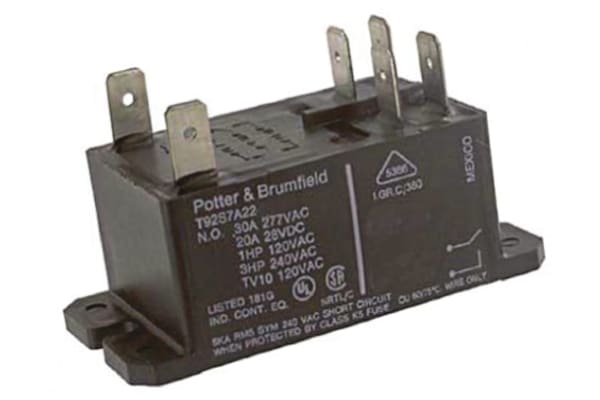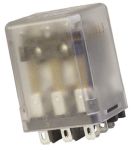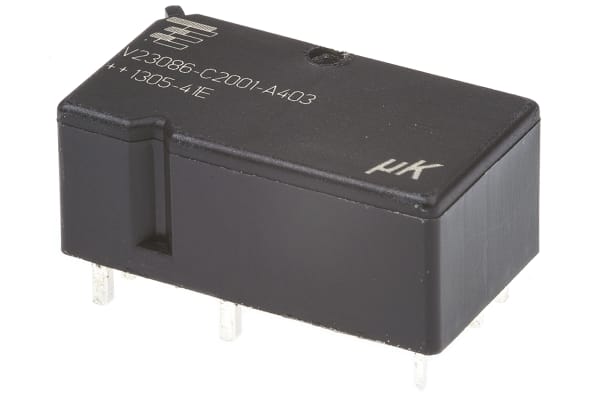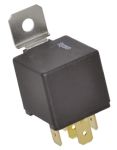Non-Latching Relays
Relays are electrical switches that are operated by electrical impulses with the primary function to open and close a circuit, they can also be referred to as industrial switches. There are 2 main types available, latching and non–latching relays.How do non-latching relays work?Non-latching relays are in a normally closed (NC) position and will stay in this state without power. When power passes through the circuit, the relay switched to a normally open (NO) position by using an internal coil to generate a magnetic force, holding this NO position. Once the current is turned off, it returns to the NC position. This makes non-latching relays well suited to push-button applications like keyboards and micro-controller input buttons.What are non-latching relays used for?Non-latching relays are highly durable and versatile components, making their performance long lasting and suitable for use in a wide range of applications, such as:Automotive enginesHousehold appliancesIndustrial machineryMedical equipmentTelecommunications equipmentWhat is the difference between latching and non-latching relays?Both types of relays in similar in design and function, however, a significant difference between them is that a latching relay will remain in the last position it when it was last powered, whereas a non-latching goes back to its normal position. This makes each more type of relay suitable for different applications. Considerations when selecting a relayWhen choosing a relay, it is important to consider a number of specifications to ensure it is fit for purpose, some factors include:Coil voltage – the required voltage to actuate the switching mechanism. If a voltage is too high this could damage the components, if it is too low then it will not actuate. Contact configuration – This is the state the contacts are in without power. For example SPST, single pole single throw.Contact material – the relay contacts are available in many materials that have certain properties. Common materials are gold, silver, tin oxide and nickel Coil power – the amount of power (watts) the coil operates at. This must match the power in the circuit for correct function. Coil resistance – the amount of resistance (ohms) in the circuit that the coil creates.
-
Schneider Electric, 24V dc Coil Non-Latching Relay DPDT, 30A Switching Current Flange Mount, 2 Pole, 300XBXC1-24D
IDR452,075.90 -
Schneider Electric, 24V dc Coil Non-Latching Relay DPDT, 5A Switching Current Plug In, 2 Pole, RXG22BD
IDR162,369.72 -
Schneider Electric, 24V dc Coil Non-Latching Relay DPDT, 5A Switching Current Plug In, 2 Pole, RXG23BD
IDR190,899.80 -
Schneider Electric, 24V dc Coil Non-Latching Relay DPNO, 20A Switching Current Panel Mount, 2 Pole, 92S7D22D-24
IDR336,172.45 -
Schneider Electric, 48V ac Coil Non-Latching Relay 4PDT, 8A Switching Current Plug In, 4 Pole, RXM4AB2E7
IDR195,410.07 -
Schneider Electric, 48V ac Coil Non-Latching Relay DPST-C/O Plug In, 2 Pole, RXG22E7
IDR242,610.57 -
Schneider Electric, 48V ac Coil Non-Latching Relay DPST-C/O Plug In, 2 Pole, RXG23E7
IDR235,582.94 -
Schneider Electric, 48V dc Coil Non-Latching Relay DPDT, 12A Switching Current Plug In, 2 Pole, RXM2AB1ED
IDR160,901.26 -
Siemens Non-Latching Relay, LZS:RT78726
IDR221,947.24 -
Siemens, 24V Coil Non-Latching Relay DPDT, 2.5A Switching Current Plug In, 2 Pole, LZS:RT4A4L24
IDR504,520.90 -
Siemens, 24V dc Coil Non-Latching Relay 3PDT, 8A Switching Current Plug In, 3 Pole, LZS:PT3A5L24
IDR470,012.09 -
Siemens, 24V dc Coil Non-Latching Relay 4PDT, 6A Switching Current Plug In, 4 Pole, LZX:PT570024
IDR260,336.98 -
Siemens, 24V dc Coil Non-Latching Relay DPDT, 8A Switching Current Plug In, 2 Pole, LZX:PT270024
IDR186,704.20 -
Siemens, 24V dc Coil Non-Latching Relay SPDT, 3A Switching Current Plug In Single Pole, LZS:RT3A4L24
IDR368,059.01 -
TE Connectivity, 110V dc Coil Non-Latching Relay 3PDT, 10A Switching Current Plug In, 3 Pole, MT321110 7-1393091-4
IDR370,576.37 -
TE Connectivity, 115V ac Coil Non-Latching Relay 4PDT, 6A Switching Current DIN Rail, 4 Pole, PT5S7SB5 1415366-1
IDR459,627.98 -
TE Connectivity, 115V ac Coil Non-Latching Relay 4PDT, 6A Switching Current PCB Mount, 4 Pole, PT570615 9-1419111-0
IDR162,055.05 -
TE Connectivity, 115V ac Coil Non-Latching Relay DPDT, 10A Switching Current Plug In, 2 Pole, MT226115 6-1393090-7
IDR326,207.90 -
TE Connectivity, 115V ac Coil Non-Latching Relay DPDT, 8A Switching Current PCB Mount, 2 Pole, RT424615
IDR76,359.92 -
TE Connectivity, 115V dc Coil Non-Latching Relay DPNO, 30A Switching Current Panel Mount, 2 Pole, T92S7A22-120 1393212-2
IDR315,718.90 -
TE Connectivity, 120V ac Coil Non-Latching Relay 3PDT, 10A Switching Current Plug In, 3 Pole, KUP-14A15-120
IDR424,070.27 -
TE Connectivity, 12V dc Coil Automotive Relay DPDT, 25A Switching Current PCB Mount, 2 Pole, V23086C2001A403 1413009-9
IDR153,349.18 -
TE Connectivity, 12V dc Coil Automotive Relay SPDT Panel Mount Single Pole, 1432793-1
IDR444,209.15 -
TE Connectivity, 12V dc Coil Automotive Relay SPDT, 25A Switching Current PCB Mount Single Pole, V23086C1001A403
IDR36,606.61



